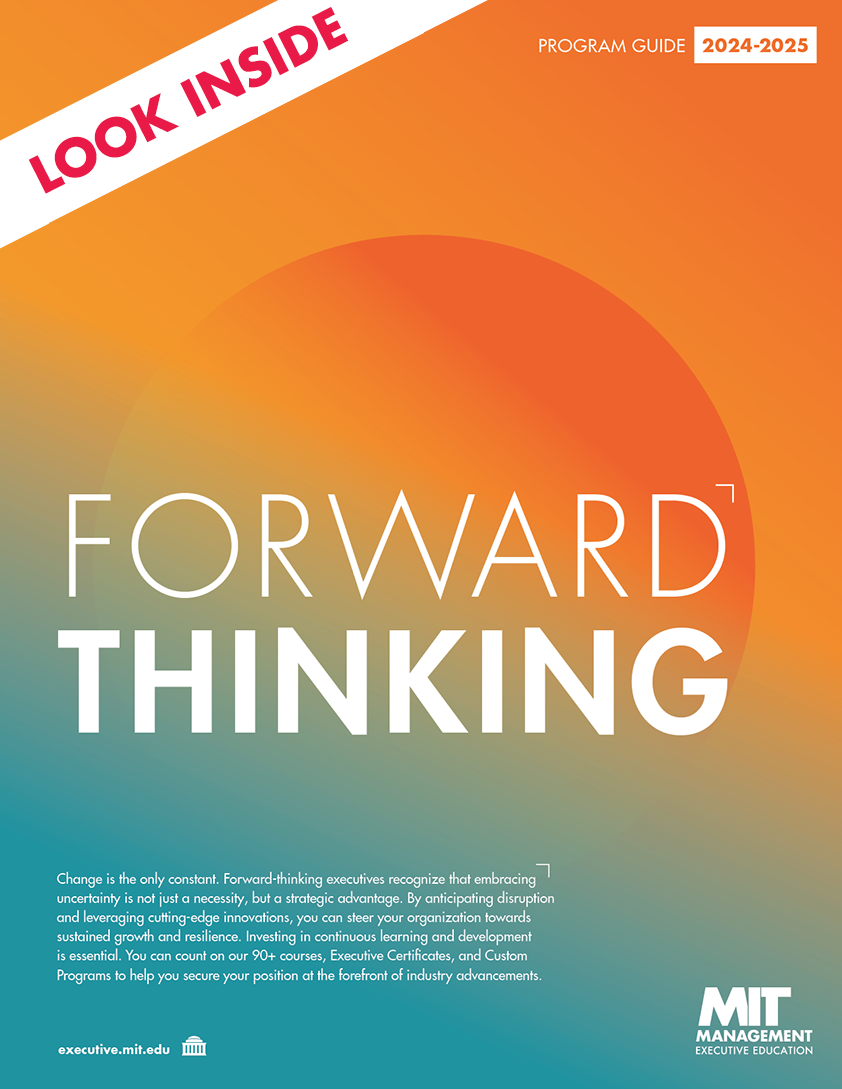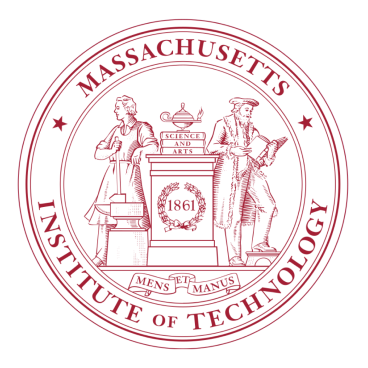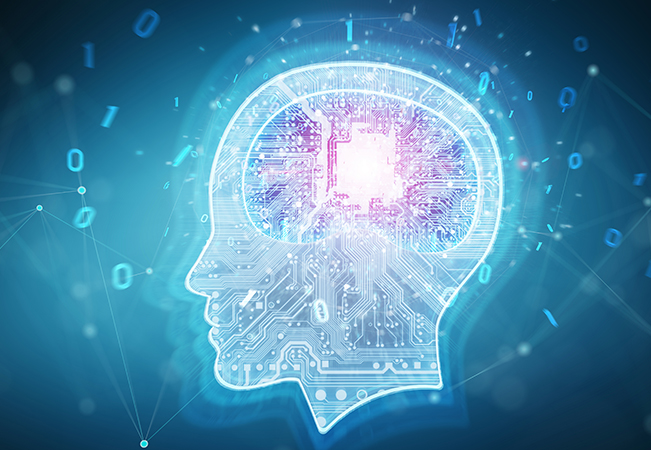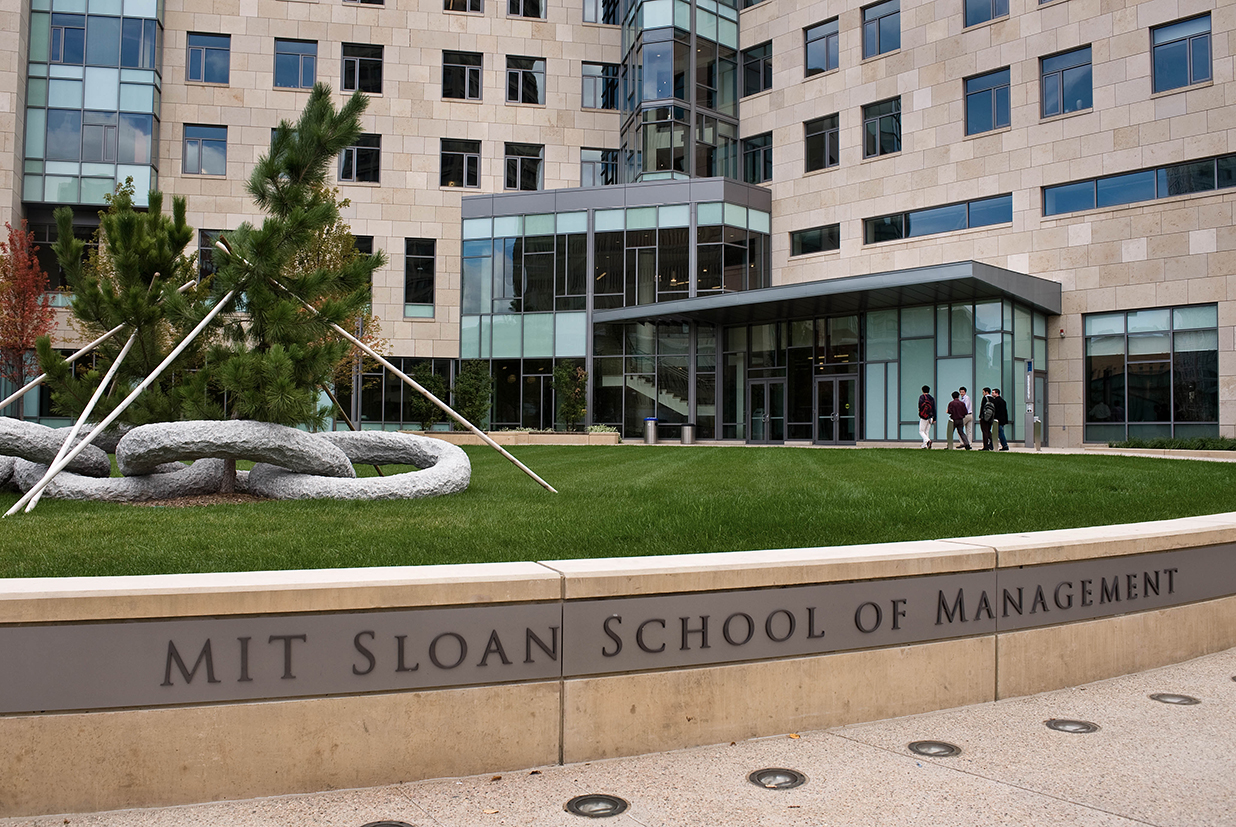While it may seem antithetical to consider history for a better understanding of Generative AI’s present and future, this context is essential. The evolution of AI offers important insights for leveraging what is likely the most transformative technology of our times.
In a webinar discussion with MIT Senior Associate Dean Peter Hirst, Visiting Senior Lecturer Paul McDonagh-Smith laid out GenAI’s capacity to revolutionize industries, enhance business, and fuel innovation.
As McDonagh-Smith observes, “Whenever we're talking about moving to a new destination or going on a journey, it's important to know where we want to get to but also where we're starting.” GenAI, in this way, can be seen as part of a continuum that began in the 1950’s and 60’s and evolved into machine learning (ML).
What’s happened since is nearly an inverse of what ML achieved—namely, ML focuses on pattern recognition, where data is taken as an input and analyzed to produce labels and descriptions as an output. Generative models do the opposite, taking labels and descriptions as the input to produce the data as the output, from text and images to code and protein mapping. This evolution from analysis to synthesis, according to McDonagh-Smith, “gives us a whole new kind of canvas with which to paint pictures for our organizations and our industries.
“Whenever we're talking about moving to a new destination or going on a journey, it's important to know where we want to get to but also where we're starting.”
Indeed, a 2023 MIT Sloan School of Management paper on GenAI at work from Erik Brynjolfsson, Danielle Li, and Lindsey Raymond quantifies the magnitude of change this new canvas will enable. This research predicts that for 80% of jobs at least 10% of tasks would be potentially automated by GenAI. Further, approximately 19% of workers may see at least 50% of their tasks impacted by the technology.
How should business leaders think about this change and prepare teams for success? Here are six key takeaways from the webinar:
Shift focus from jobs to tasks. As McDonagh-Smith shares, “We've almost programmed ourselves to think in terms of the job versus the combination of tasks that we undertake.” GenAI is poised to automate not full roles but discrete tasks. This perspective can free up space for exploration and experimentation to increase productivity with less fear.
GenAI will augment rather than replace. McDonagh-Smith again refers to the history of computer science as conceptually useful here, citing paradoxes like Moravec's and Polanyi's that have led him to conceptualize GenAI as a skyscraper. If you imagine the potential of this technology as ascending floors up to the 85th, at this moment we’re not in the lobby but probably not higher than the 20th floor. How high we reach, McDonagh-Smith notes, will be “dependent on boosting our creativity using a series of human capabilities and complementing them with the technical capabilities.”
An opportunity for recalibration. In addition to the GenAI’s potential to augment as it automates, McDonagh-Smith believes leaders can use the technology to “reimagine, reinvent, and actually restructure” work itself—how it’s done, how we think about it, and every work-related human interaction we have.
It’s time to go beyond observation. In keeping with the continuum, within the next five to eight years McDonagh-Smith believes we will see remarkable developments around GenAI. The future is clear even if the exact timing isn’t. In light of this, leaders need to become explorers, ensuring they are apt, adept, and comfortable continuously experimenting with new models. This includes going beyond LLMs like Chat GPT and examining technologies even outside our professional realm like Google’s Deep Mind.
The future will be cross-functional and partnership-based. GenAI isn’t exclusively the domain of IT, nor should it be. The capabilities of these models will rely on “a diversity of perspective and thought and cognitive direction” in both strategy and application according to McDonagh-Smith. The strategy should also involve exploring partners, since, like digital transformation, AI is a team sport.
Start with key questions. As outlined in the webinar and also here, leaders should begin exploring the following:
- Is our data generative-AI-ready? Do we have a data strategy to support our ambitions?
- Are our people generative-AI-ready? Not just technically ready, but will our organizational culture be comfortable with the journey ahead?
- Are our processes and strategies ready to interface with generative AI or do they need rethinking?
Given the history, trepidation around GenAI isn’t surprising. As McDonagh-Smith notes, “We've seen with previous technology introductions that it's completely natural and completely part of the human condition to be somewhat concerned and to have reservations about the changes that are coming.” The antidote? Leaders need a starting point and the best one may likely be “to roll up their sleeves a little bit and start interfacing with the technologies.”
McDonagh-Smith teaches in Accelerating Digital Transformation with Algorithmic Business Thinking, AI Executive Academy, Frontiers of Generative AI in Business, Generative AI Business Sprint, and Leading the AI-Driven Organization.








